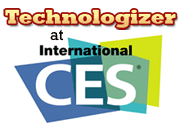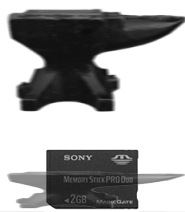Stanford University has announced a new service for analyzing and tracking patent lawsuits called Lex Machina. Its use of legal informatics has already led to some interesting findings about the nature of patent lawsuits in the US software industry.
The database helped Mark Lemley, the William H. Neukom Professor of Law and the director of the Law, Science Technology Program, determine that patent trolls account for nearly 30% of suits in the IT industry, depending on who is defined as a troll, he said. The clearinghouse data shows that trolls are “disproportionately owners of the most-litigated patents — the ones that show up in dozens of different lawsuits,” he added.
Lemley has conducted research to identify the characteristics of patent trolls, and has testified as an expert for the US Senate on the topic of patent reform.
“I do think [trolls] have a larger impact than the percentage alone would suggest, especially in the IT industries,” Lemley said. He added that the data will help dispel myths about patent litigation from who sues to who wins, and how much defendants have to pay. “We are giving the world access to the facts in a way they’ve never had before.”
Lex Machina is an outgrowth of a research project called the Stanford Intellectual Property Litigation Clearinghouse (IPLC). IPLC was developed to provide scholars, policy makers and citizens with open and instant access to data about intellectual property litigation in the United States.
The database grew so vast that Lex Machina was spun off as a separate venture to sustain development, according to Stanford. It now contains over 100,000 cases, over 10 million docket entries, and automates the parsing of that data. “The company includes more computer scientists than lawyers, and has people working at the very forefront of machine learning,” Lemley noted.
I applaud Stanford’s work, and hope that the IPLC database is used to drive patent reform, demystifying a complicated issue. Higher quality patents will protect investments in intellectual property while preserving the ability of start ups to do innovative things.




 In the great scheme of this, this is minor CES news indeed, but I kinda like it: Sony is releasing a line of
In the great scheme of this, this is minor CES news indeed, but I kinda like it: Sony is releasing a line of 
 But everything that’s better about it is evolutionary, not revolutionary. It’s a little bit better than
But everything that’s better about it is evolutionary, not revolutionary. It’s a little bit better than 